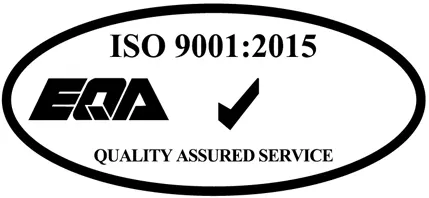OPINION OF COMPLIANCE
Our Services
OPINION OF COMPLIANCE
An architect’s opinion on compliance is a document that is often requested by a solicitor on the transfer or sale of a property. An opinion of compliance can refer to either compliance with planning permission, compliance with Building Regulations or both. This service is sometimes carried out in conjunction with a Declaration of Identity and a Land Registry Mapping.
Other names Architects Opinion might be called:
- Architect’s certificate of compliance
- Cert of Compliance
- Compliance cert
- Final cert.
Why choose Sweeney Architects?
Architects and technicians in Sweeney Architects have good knowledge of The Planning Act and building regulations and we will base our opinion of compliance on evidence obtained during site visits, referral to planning files and map evidence.
How can I find out when a development is built?
The Planning Act came into effect on the 1st of October 1964. Any developments carried out before this date can be assumed to be planning compliant. Determining when a building or works were carried out is an essential part of the certification process and will be based on aerial photographs, maps and drawings as well as building techniques, materials used and finishes. Conservation architects and surveyors at Sweeney Architects will be able to give an opinion on the date of construction of a property based on the above information.
I was told that I didn’t need permission at the time, what can I do now?
If you are unsure if the works carried out are in compliance with planning permission please contact us. If the works are exempt from planning permission we can prepare a section 5 application (section 57 for a listed property) on your behalf to be submitted to the relevant local authority. If the works were carried out and are not exempt we can prepare a retention planning permission application to regularise the planning status of your development.
How long will this process take?
A Cert of compliance will involve a 1-2 hour site visit followed by a search of relevant planning files. The timescale will depend on access to the property and the availability of the planning files at the local authority planning office. Planning files are generally archived after 10 years and can often take 2 weeks to retrieve from storage.
What is involved in this process?
Determining the age of the property is essential to determine if there was a requirement for planning permission and what version of the building regulations were in force at the time of construction. This is generally obtained from a desktop study and site visit as well as a brief non-intrusive building survey. Documentary evidence such as dated photographs of the property, maps and aerial photography can be very useful in this process.




